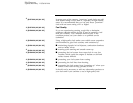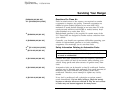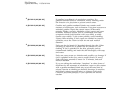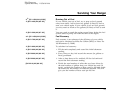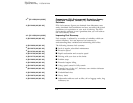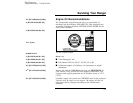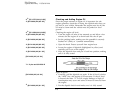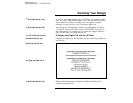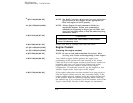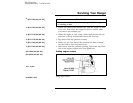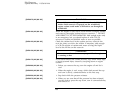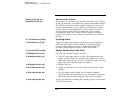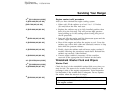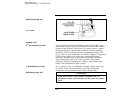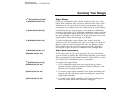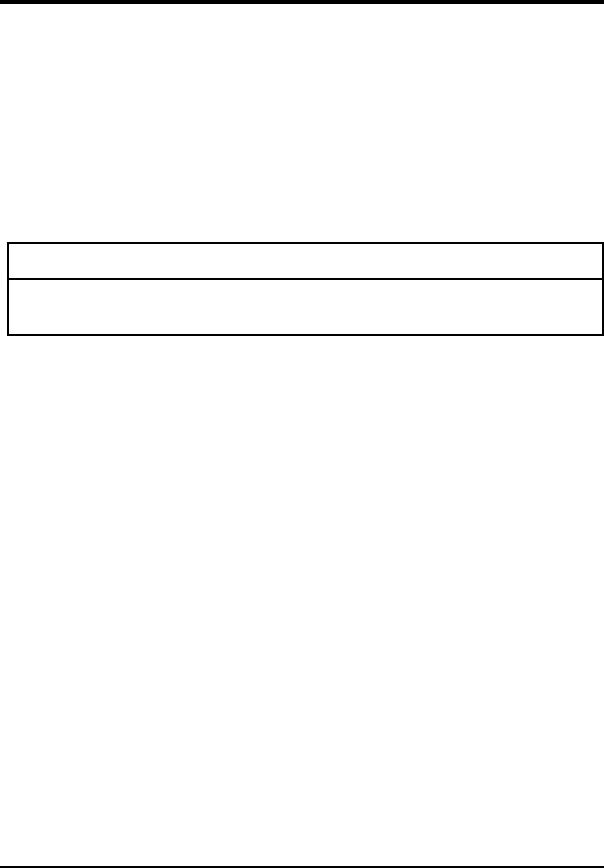
278
*
[SV17150(ALL)09/95]
NOTE: See Refill Capacities, Motorcraft Parts and Lubrication
Specifications in this chapter for the appropriate oil
filter and engine oil refill quantity.
%
*
[SV17250(ALL)09/95]
NOTE: Always dispose of used automotive fluids in a
responsible manner. Follow your community’s
standards for disposing of these types of fluids. Call
your local recycling center to find out about recycling
automotive fluids.
*
[SV17275(ALL)07/95]
RWARNING
Continuous contact with USED motor oil has caused
cancer in laboratory mice.
*
[SV17285(ALL)07/95]
Protect your skin by washing with soap and water.
%
*
[SV17300(ALL)03/95] Engine Coolant
%
*
[SV17400(ALL)09/95]
Checking the engine coolant
*
[SV17500(ALL)09/95]
NOTE: Be sure to read and understand Precautions When
Servicing Your Vehicle at the beginning of this chapter.
*
[SV17700(ALL)08/95]
Your vehicle’s engine coolant protects the engine from
overheating in the summer and from freezing in the winter.
Check the level of the engine coolant at least once a month, but
preferably each time you stop for fuel. Simply look at the
engine coolant recovery reservoir located in the engine
compartment. To locate this reservoir, see the diagram of your
vehicle’s engine under Engine types in this chapter.
*
[SV17750(ALL)03/95]
If the engine coolant has not been checked for a long period of
time the engine coolant reservoir may eventually empty. If the
engine coolant reservoir empties, check the engine coolant level
in the radiator. Read the following warnings before removing
the radiator cap. If it is necessary to fill the radiator, refer to the
Engine Coolant Refill Procedure in this chapter for instructions.
File:15unsvr.ex
Update:Wed May 1 13:56:18 1996



